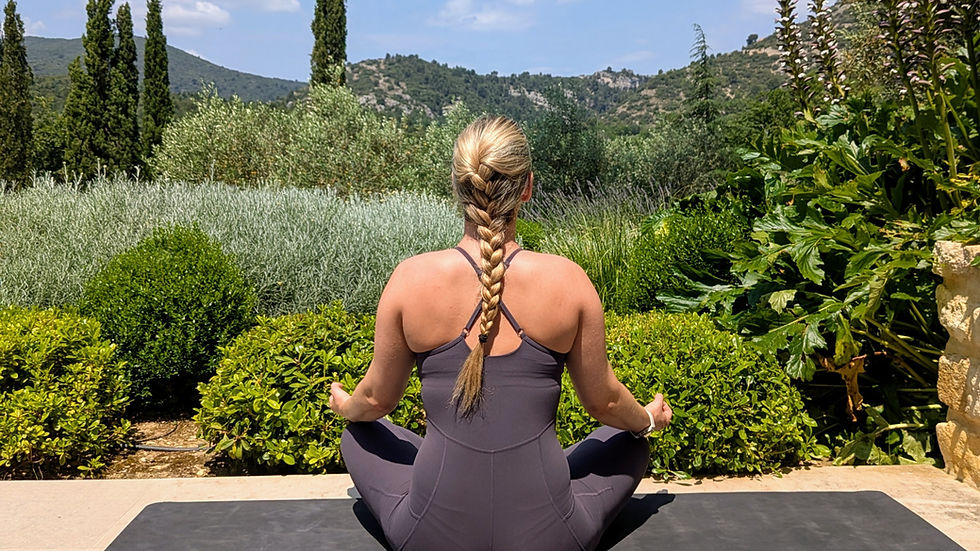The Quiet Reset: On Stillness, Mindfulness, and the Beauty of Doing Nothing
- Clémentine Morvan

- Jul 25
- 3 min read
In a world that celebrates movement, momentum and measurable progress, stillness often feels like a luxury — or worse, a failure. We live in a culture that constantly urges us to do more, be more, achieve more. But what if the most powerful thing we could do right now… is nothing?
Not the kind of nothing that comes with scrolling or zoning out, but real, intentional stillness. The quiet kind.
The kind that invites us to notice — not to perform, produce or perfect, but simply to be.

The Science of Stopping
Neuroscience tells us that our brains aren’t idle when we pause. In fact, when we’re not focused on a task, our brain’s Default Mode Network kicks in — a region linked to creativity, self-reflection, and emotional processing. It’s the space where dots connect. Ideas form. Emotions soften. But we can’t access it when we’re rushing from one thing to the next.
That’s why creating room for stillness — even just five minutes of intentional nothing — can feel like a reset button for the mind. It’s not laziness. It’s recalibration.
Stillness as a Rebellion
There is something deeply radical, even feminine, about choosing slowness in a hyperproductive world. As women, we’re often expected to carry it all: to be efficient, responsive, emotionally available, and aesthetically presentable — all at once. Stillness disrupts that. It says: I don’t need to prove anything right now. I can just exist.
Taking a pause isn’t weakness — it’s wisdom. It’s where intuition lives. It’s where the noise fades and your real voice gets a chance to speak.
Walking: Moving Without Striving
There is perhaps no greater act of gentle rebellion than a mindful walk — not for exercise, not for steps, not for content — just for you. Walking, especially without your phone, is a kind of moving meditation. It connects you back to your body, to your senses, and to the rhythm of the world around you.
Science backs this up. Walking has been shown to reduce anxiety, improve cardiovascular health, and release endorphins that lift our mood. A study from Stanford even found that creativity increases significantly during and after a walk — a reminder that inspiration often meets us in motion, not in force.
When we walk slowly, noticing the texture of leaves or the way sunlight hits the pavement, we invite ourselves into the present moment. No pressure. No timeline. Just footsteps and awareness.
The Beauty of Doing Nothing
In Italy, they call it il dolce far niente — the sweetness of doing nothing. In mindfulness, we call it being. And in real life, it might look like: sitting by a window, cup of tea in hand, watching clouds. It might be a bath without music or a moment of breath before you pick up your phone.
Doing nothing isn’t about detachment — it’s about presence. It’s a subtle but powerful way to remember who you are beneath the layers of expectation.

A Reset, Reframed
Sometimes we don’t need a complete overhaul, a new plan, or a bold leap. Sometimes, what we need is a walk. A pause. A window seat. A single moment where we allow the world to move without us — and realise, gently, that we’re still okay. Stillness won’t shout for your attention, but it will change you. It will soften the edges. Quiet the chaos. And slowly, quietly, bring you back to yourself.
You don’t have to earn your rest. You just have to remember it’s yours.
With love,
Clementine x
Elevated by Clementine




Comments